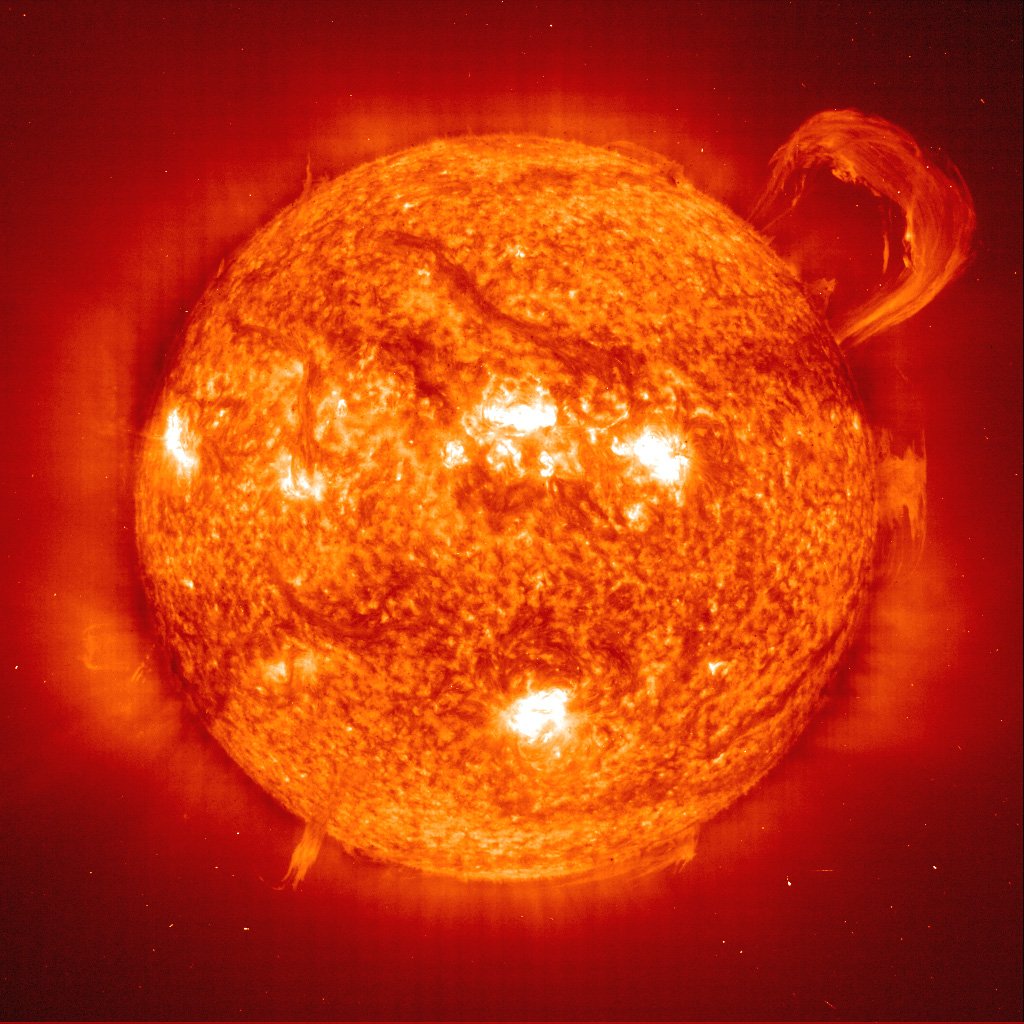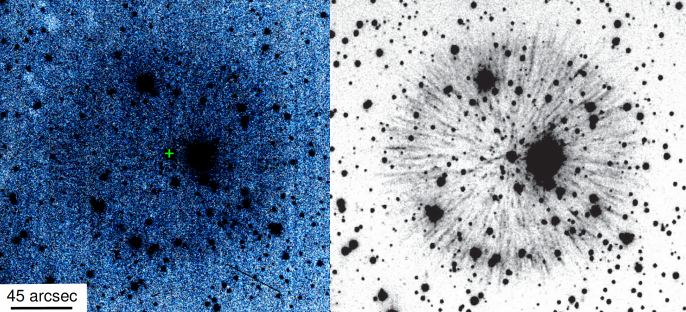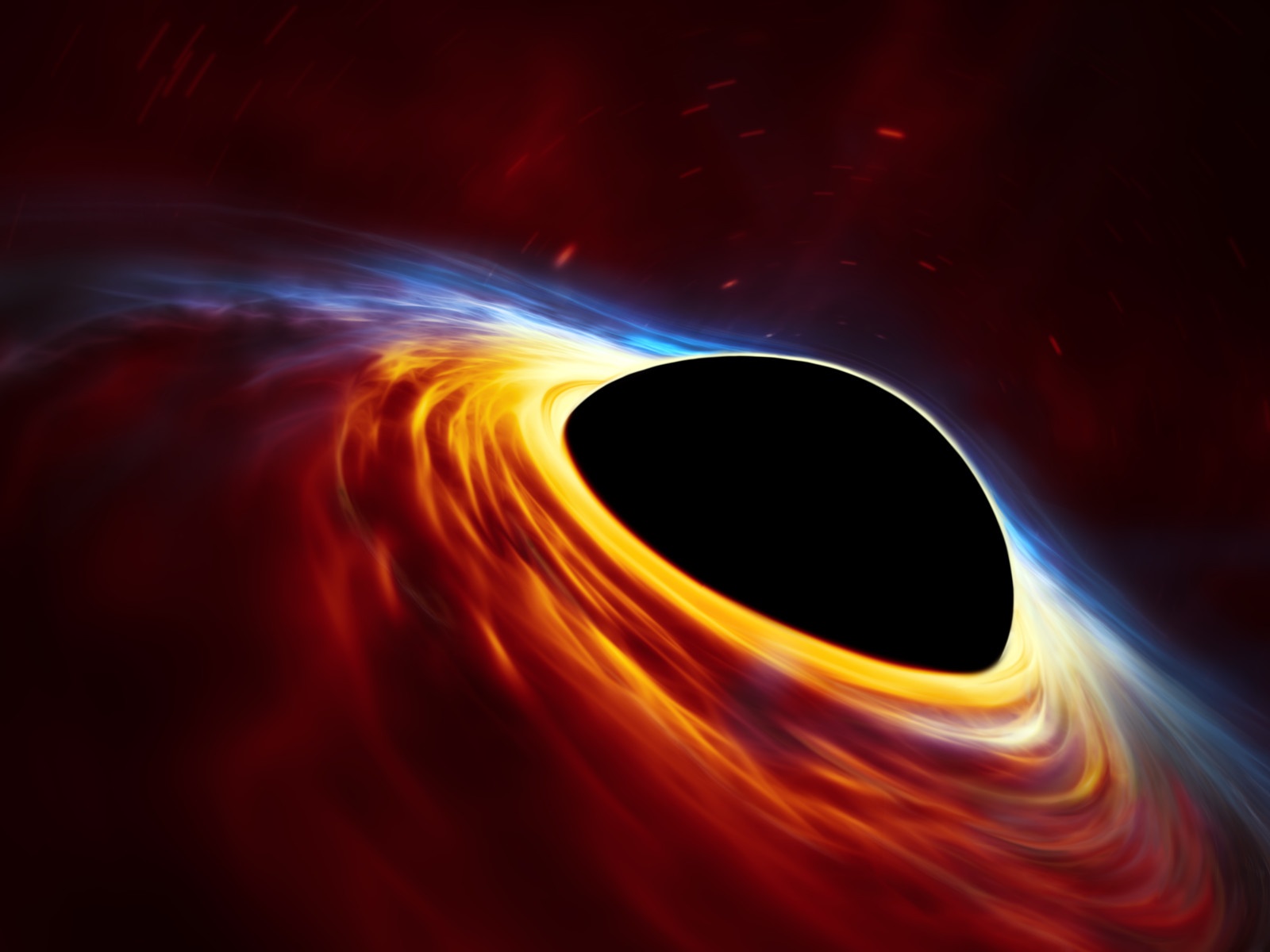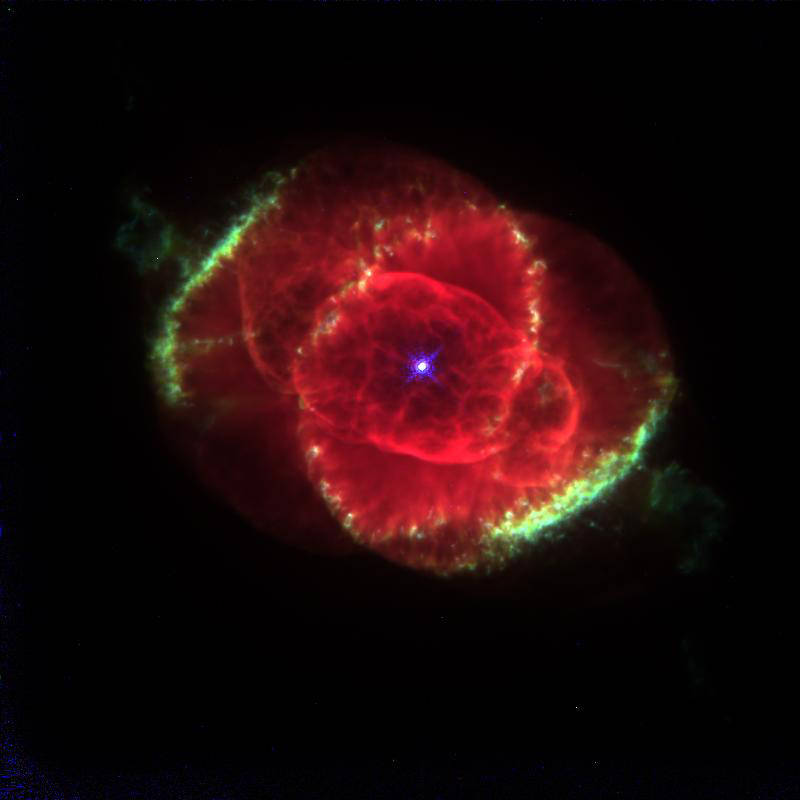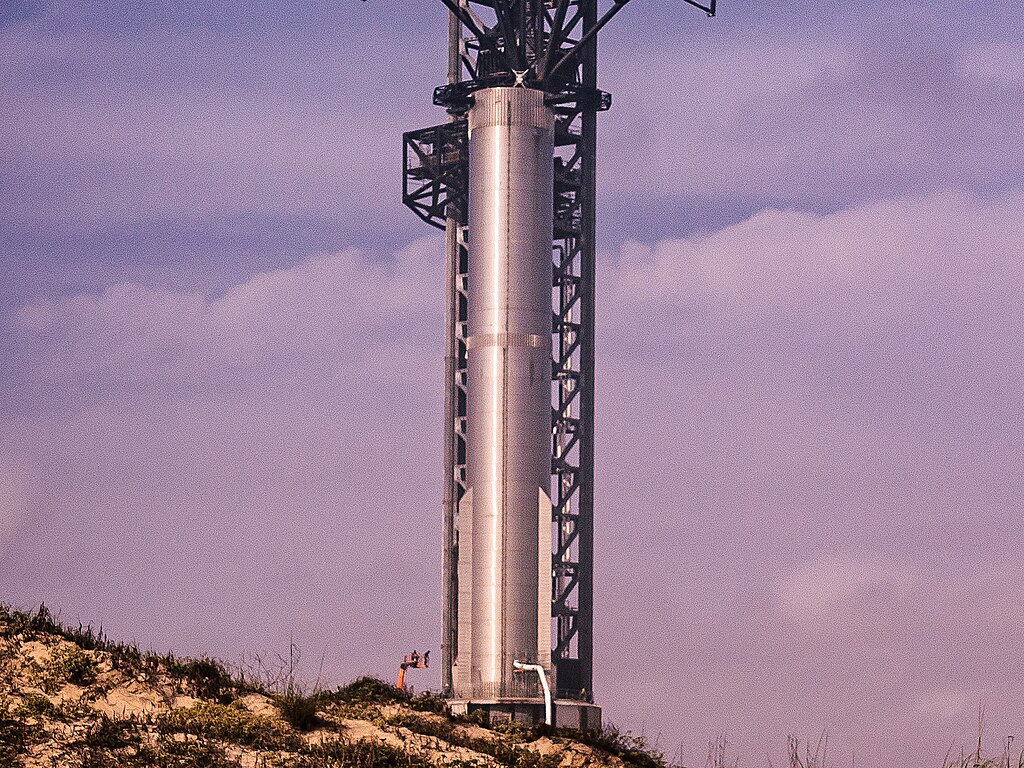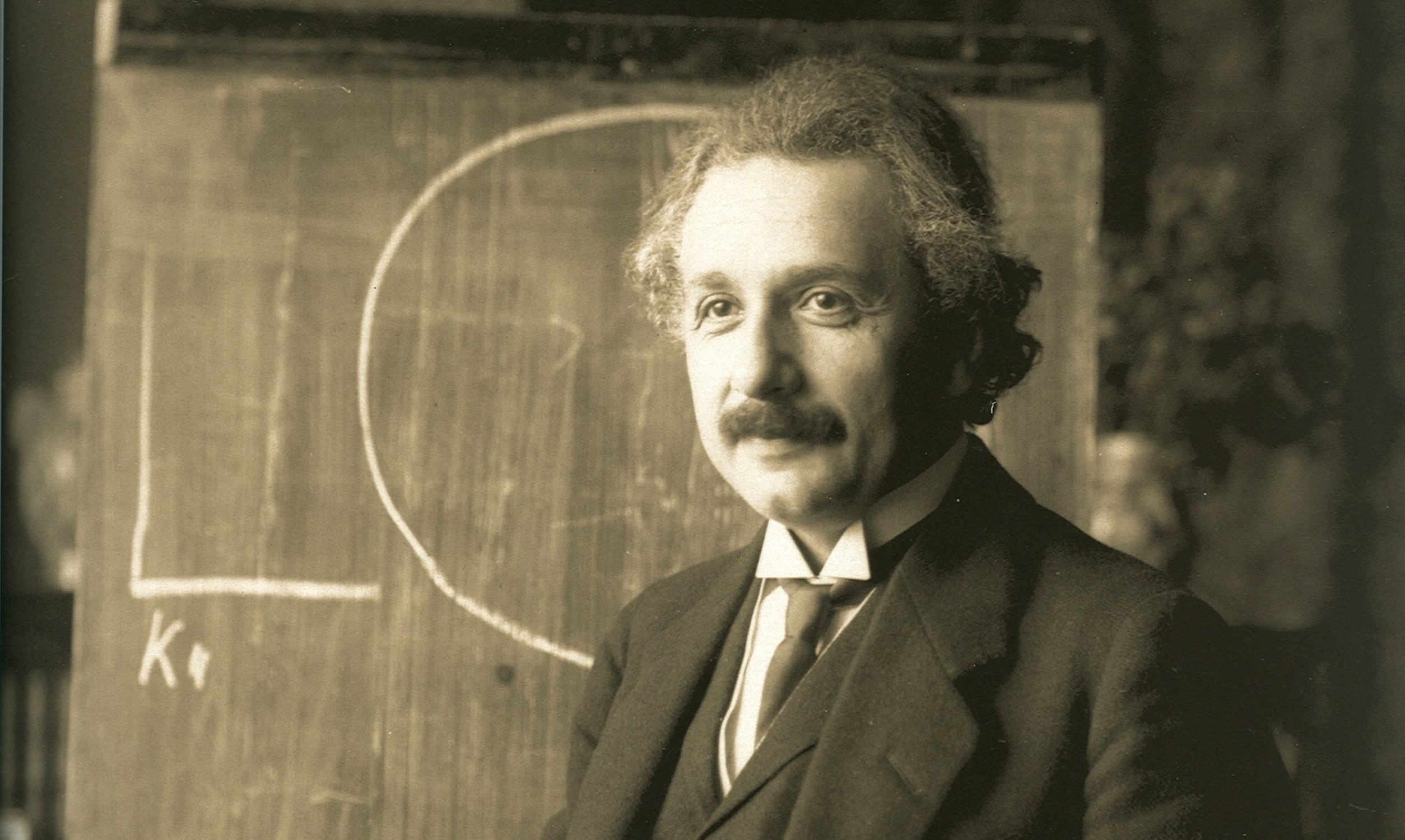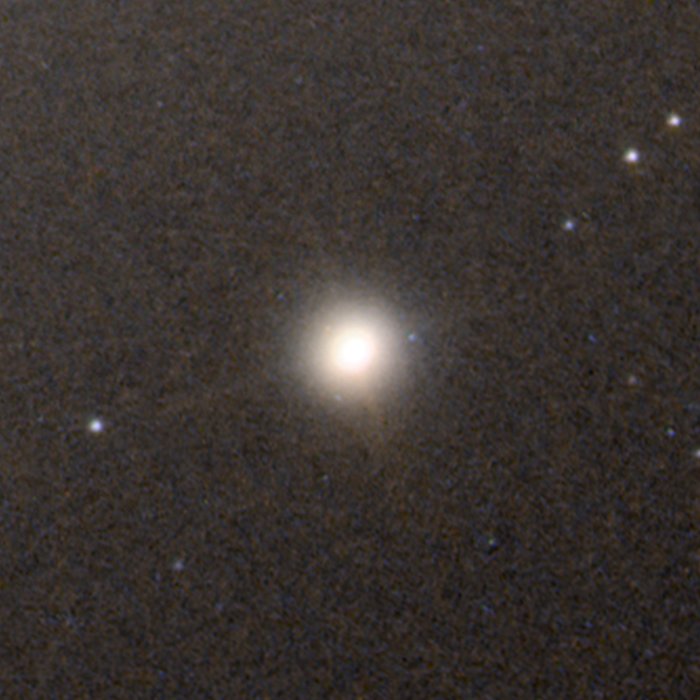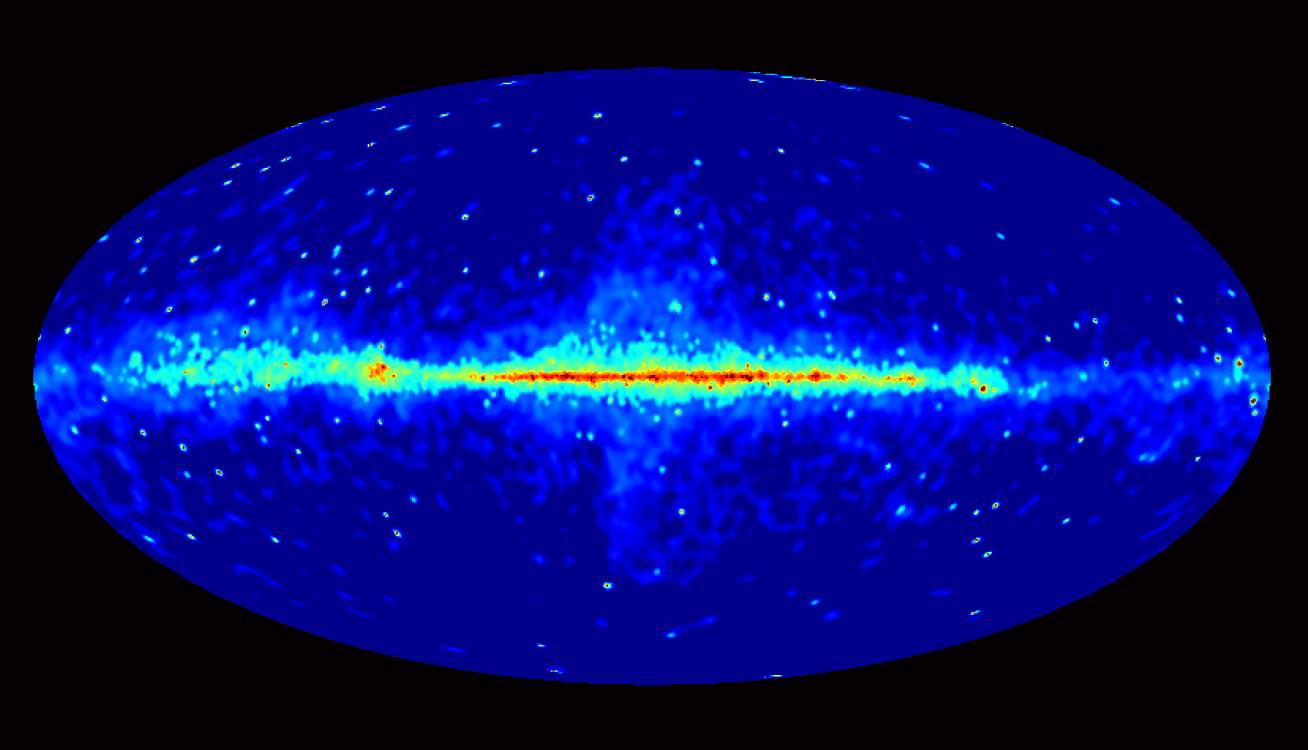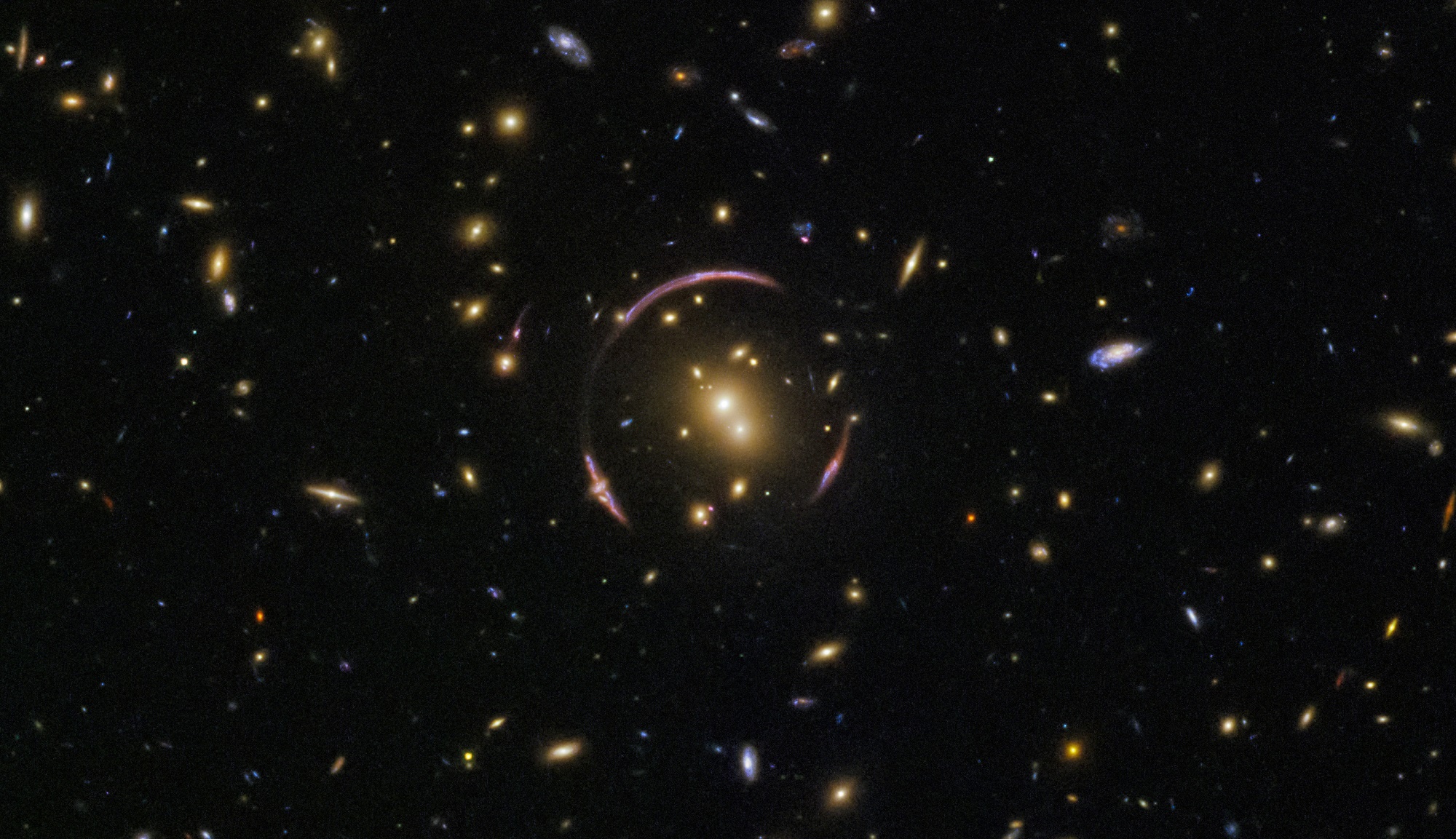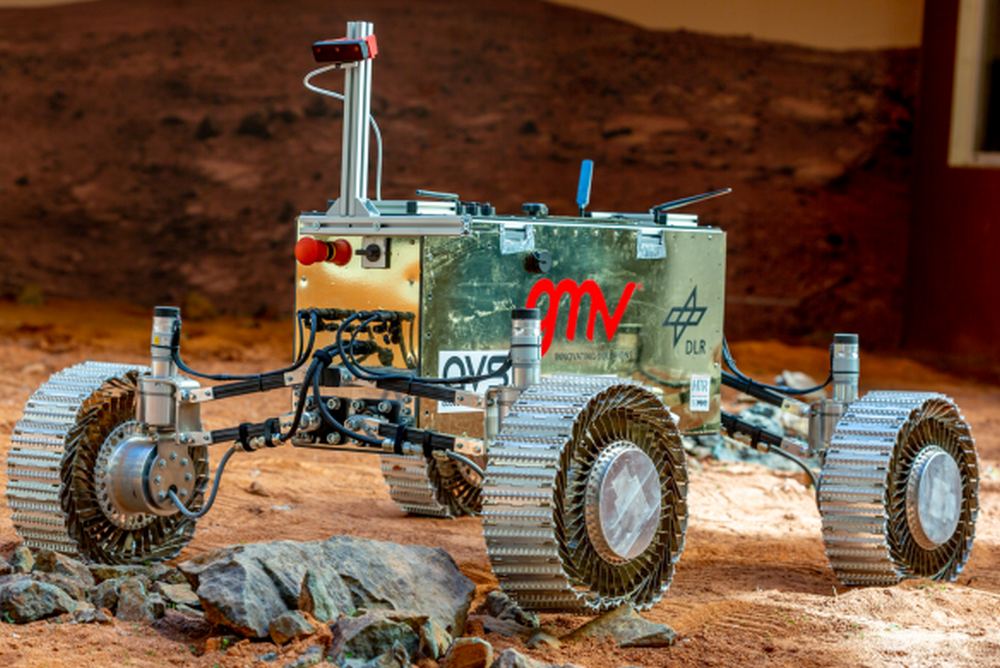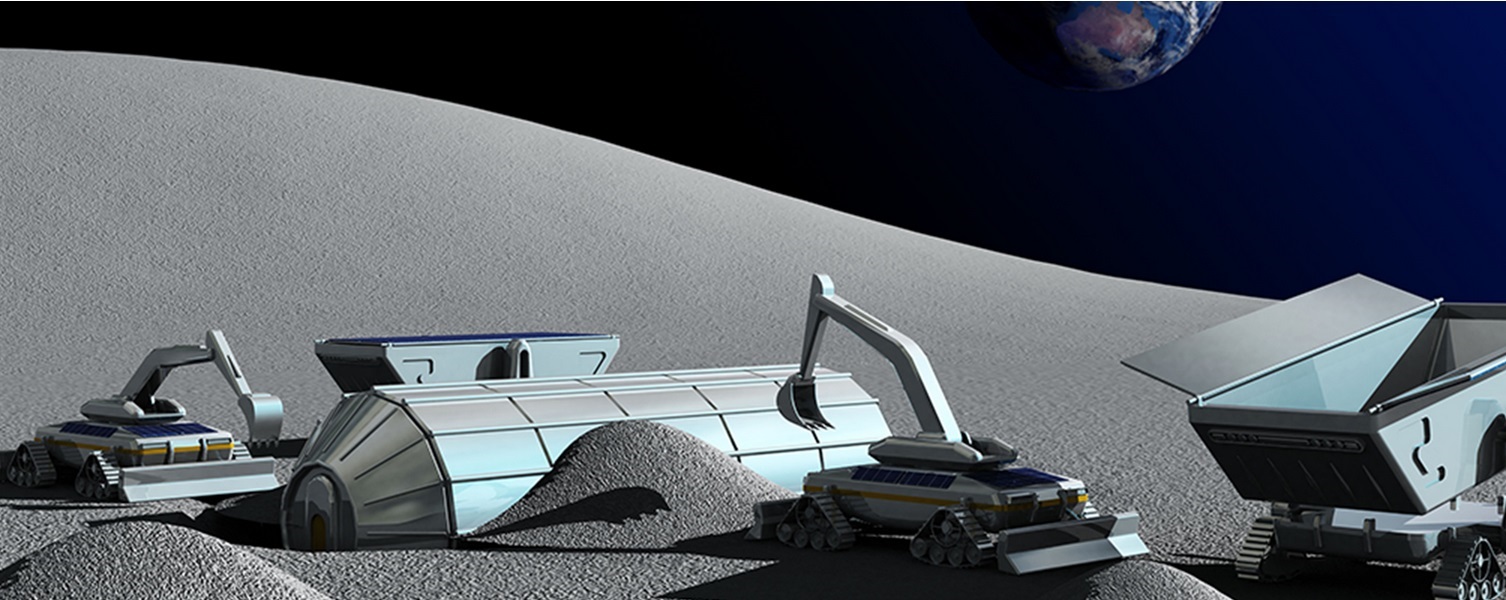
JAXA has partnered with the Kajima Corporation to develop autonomous construction technology to build on the Moon!
Continue reading
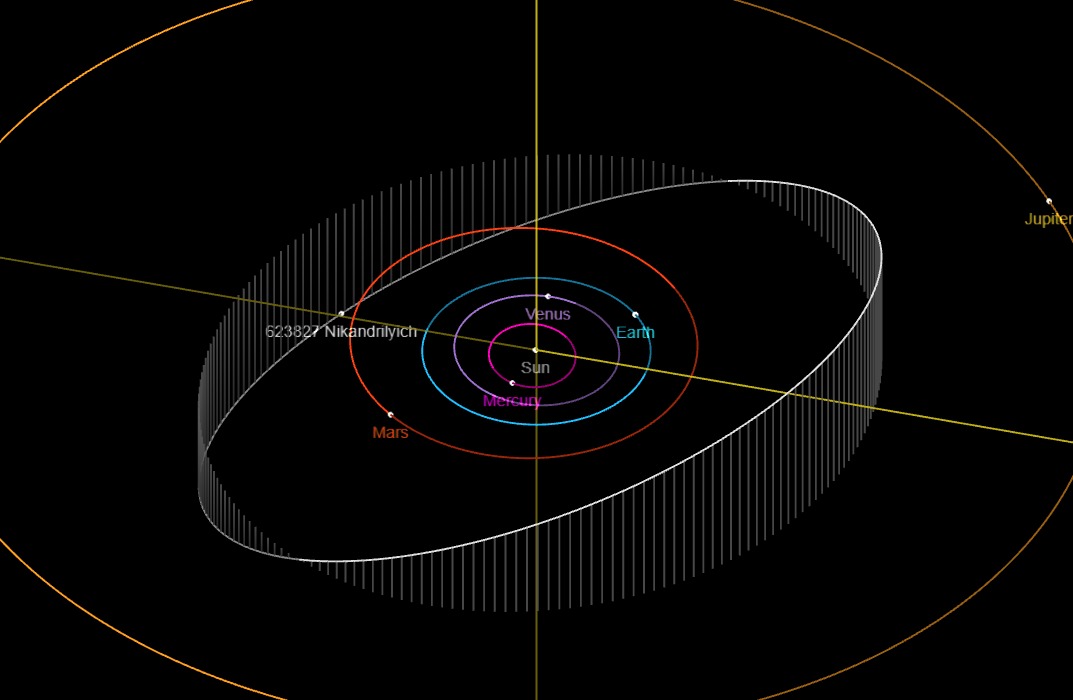
Two recent asteroid discoveries made by an amateur astronomer highlight what is possible, with access to the right equipment.
Continue reading
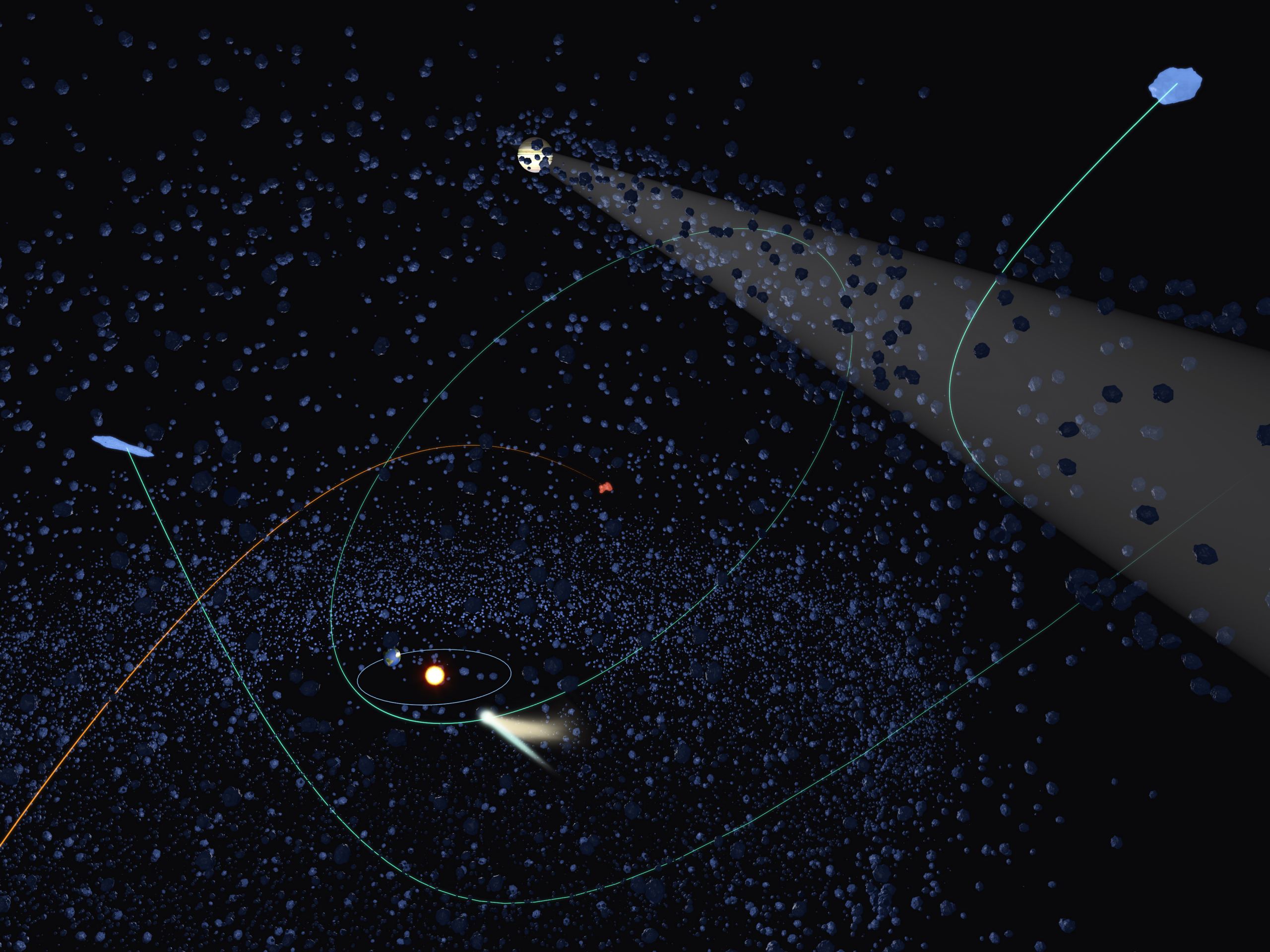
Astronomers have seen meteors strike the Earth on hyperbolic trajectories for decades; they would have escaped the Solar System if our planet hadn't gotten in the way. They could have come from other solar systems, but an interstellar meteorite has never been found. Instead, these might be coming from the Oort Cloud, perturbed by a rogue planet or star passing close to the Solar System. It might be happening more often than we thought.
Continue reading
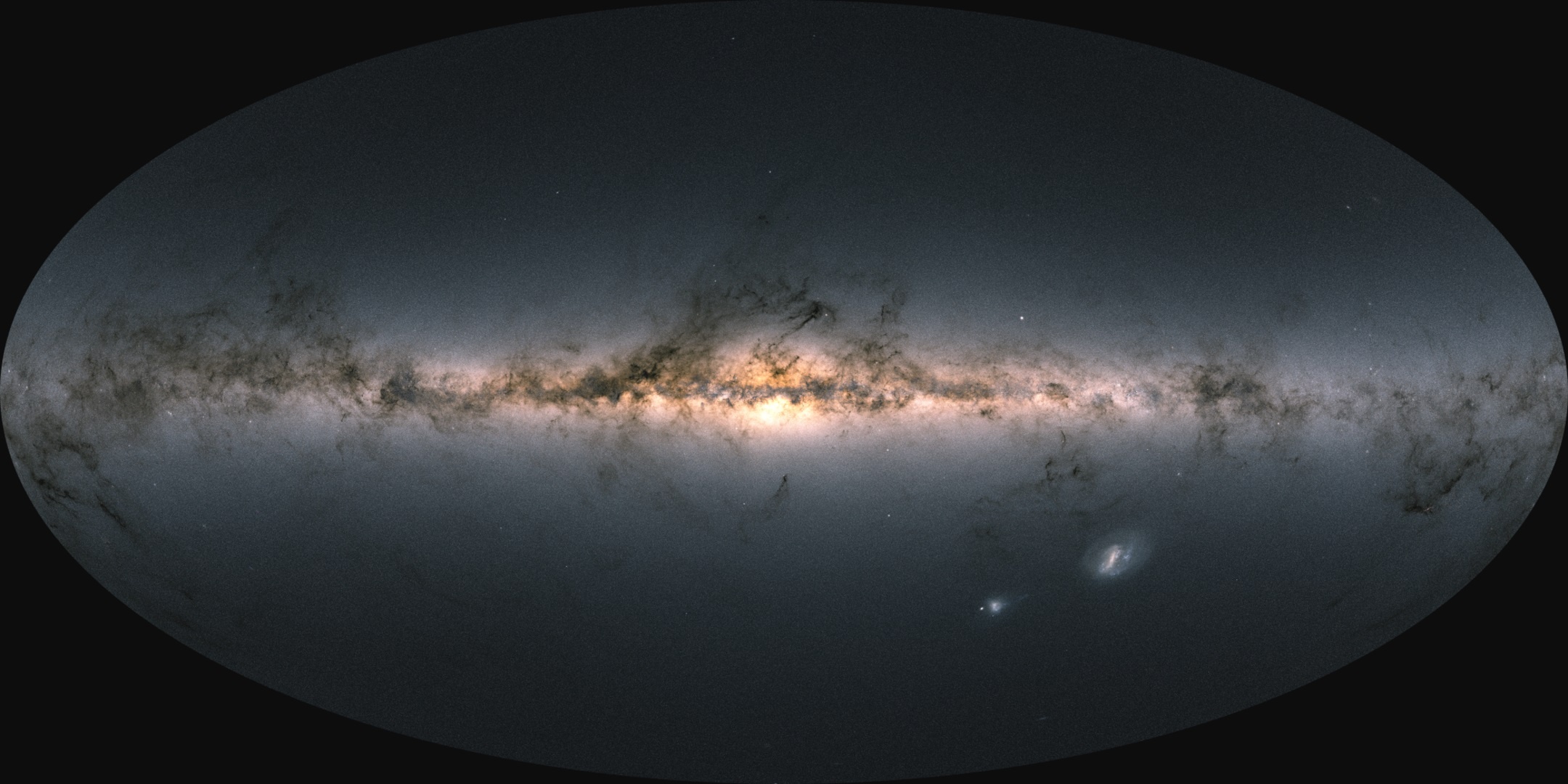
Using data from DR3, a team of Chinese researchers have predicted thousands of future microlensing events!
Continue reading
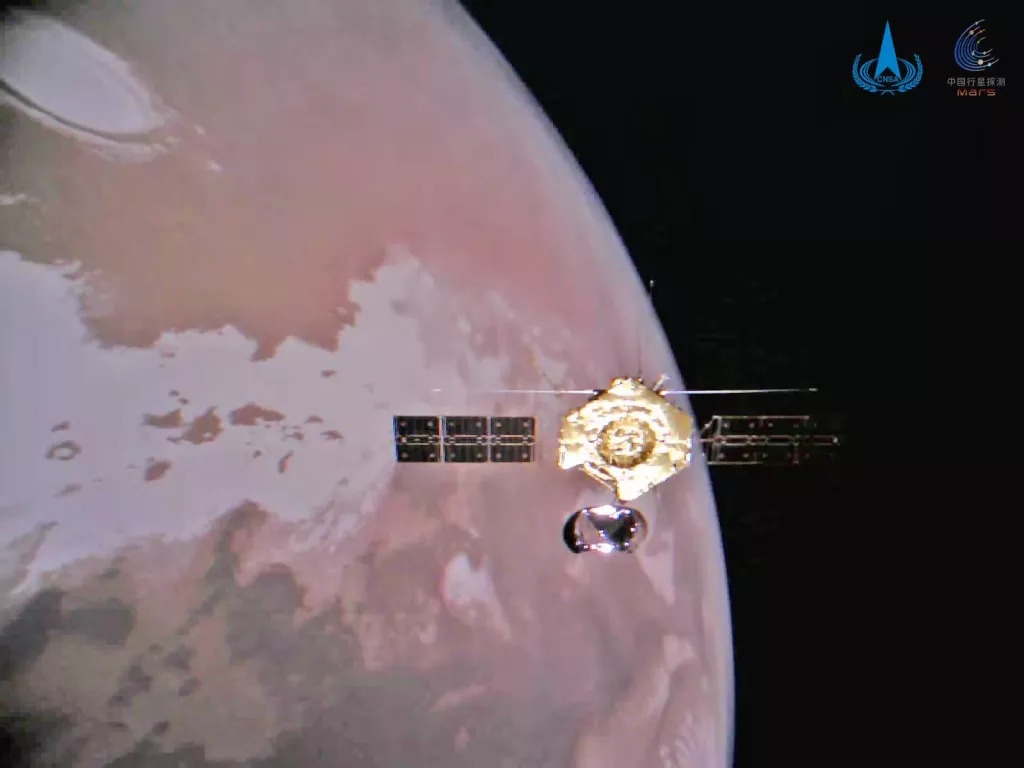
In preparation for their sample-return mission to Mars (Tianwen-3), Chinese scientists have created an atmospheric model that accurately simulates Martian weather
Continue reading
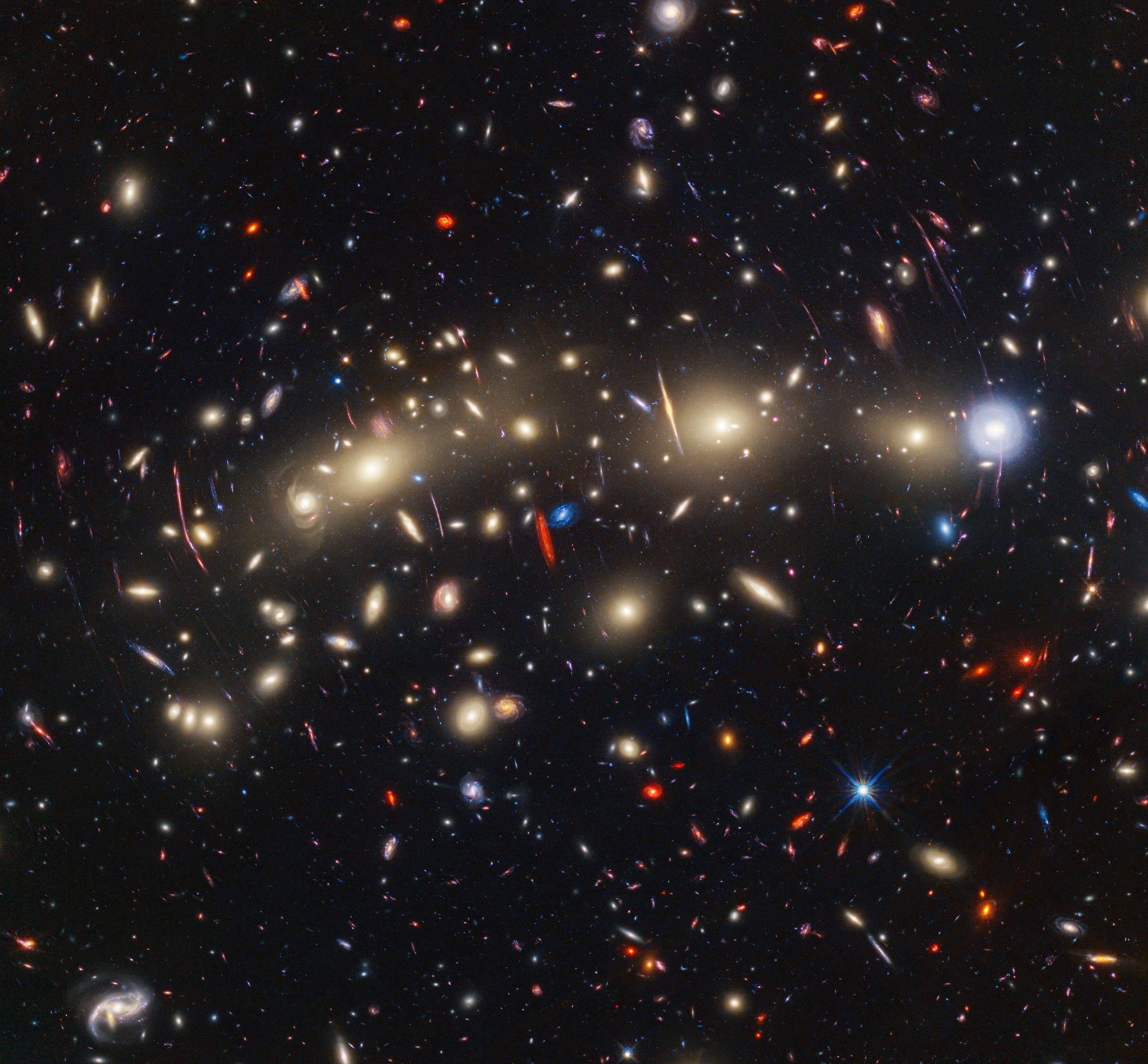
Hubble and Webb have come together to create one of the most detailed and revealing images of an iconic galaxy cluster!
Continue reading
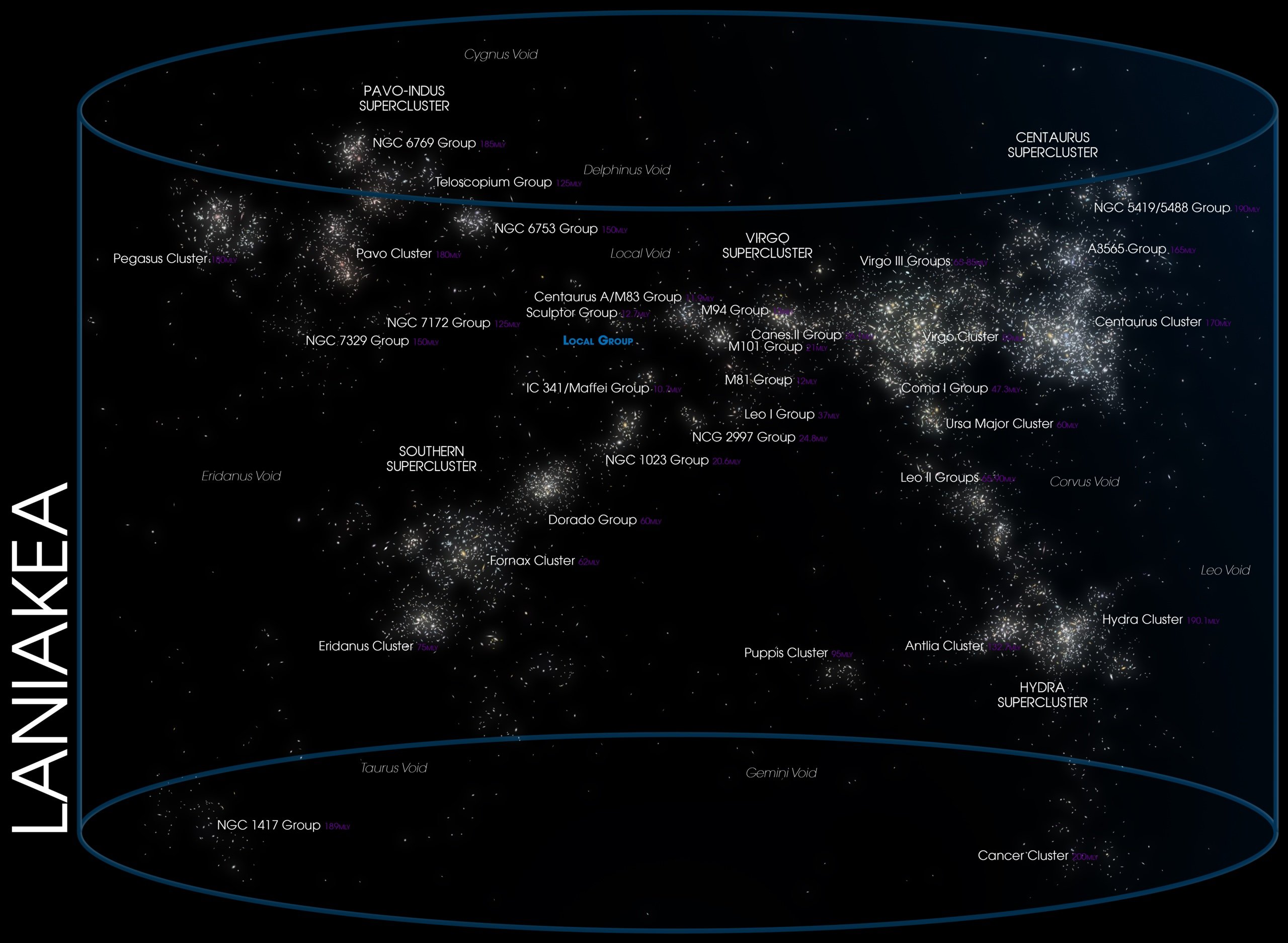
When you measure the Universe's expansion rate to relatively nearby galaxies against the expansion rate in the cosmic microwave background radiation, the numbers don't agree, and their error bars don't overlap. This is the Hubble Tension. A new paper suggests the difference might be even greater by 2-3% (1.1 km/s/Mpc) when you account for the gravitational effect from the Laniakea supercluster, which dominates the gravity in our part of the Universe.
Continue reading
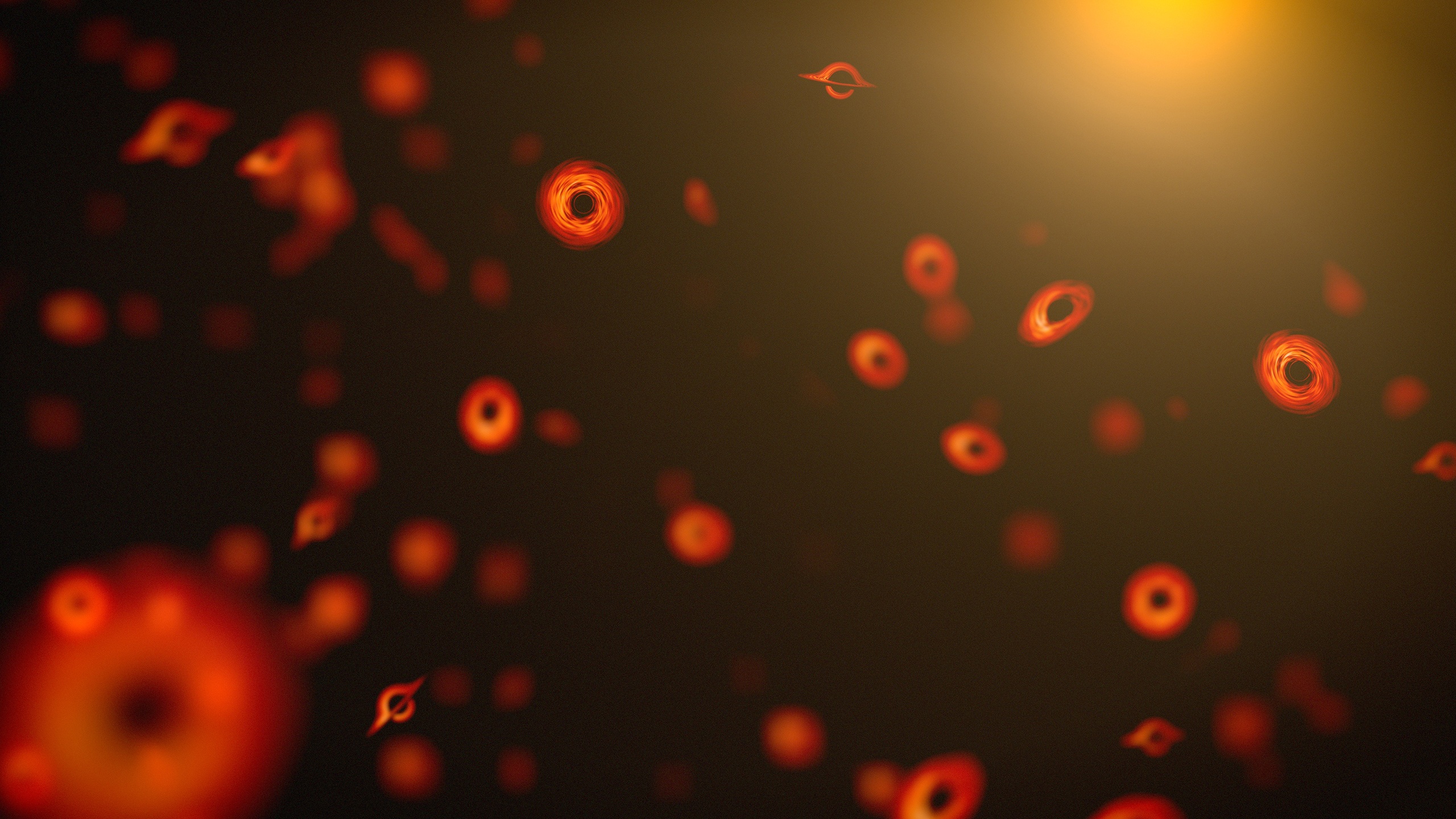
As far as we know, black holes can only be formed by the death of massive stars, but a persistent theory says that black holes of all masses could have formed directly in the early Universe. These primordial black holes would help explain several mysteries in astronomy: outlier mergers of black holes, dark matter, and young supermassive black holes. How are they different from stellar mass black holes, and what upcoming instruments could detect them?
Continue reading
